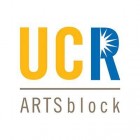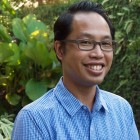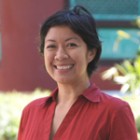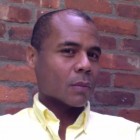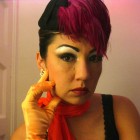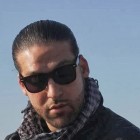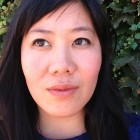RaceCraftNew WorksEssayCourtesy of the artistActivistComedianPerformance ArtistSolo PerformerWriterSome Americans, of color and not, are shocked when I tell them I can sew. It’s as if sewing is the kind of archaic manual labor so tedious, so synonymous with human exploitation, so unworthy of occupying the privilege of our American time as more than a relaxing hobby, that it can only be outsourced to people in other poorer countries or to recent immigrants desperate enough to do such unlucrative work.
Sewing is one of my few skills that connects me to the labor performed by the generations of women before me, to factory workers in China (a homeland my grandparents emigrated from that I have not yet visited), and to other women around the world who rely on their sewing labor to survive. I’m not bilingual, I can’t farm, I can barely change the lightbulbs in my kitchen. All I have is sewing and yet I’m not even skilled enough to produce items for daily use like garments. Like the cliché of the American who does for fun what others do for survival (camping anyone?), I sew decorative objects that, while delightful to look at, serve no role in sustaining human life on this planet.
I am a performance artist, comedian, and writer. I trade in laughs and creativity. I know how to make my quirky social media posts go viral. I know how to throwdown social justice theory in a hashtag war, and I can call out white privilege in bite-sized tweets. My skillset is largely conceptual because the corner of the American economy I exist in is so conceptual that my profession can exist. Many of my colleagues are ideas people like me-- performers, writers, comedians who while brilliantly witty would be the first to perish when Armageddon hits and we’re forced back to subsistence farming. The beauty of privilege is if we can’t always find another person to outsource the most basic of survival skills to, there’s an app that will locate those people for us.
I’m an artist who has labored over original live solo theater work since 2000, but a few years ago I felt extremely disenchanted in making theater. It seemed irrelevant compared to the rise of social media, where thousands of people can interact with a message in minutes. In the last decade, I’ve experienced activism shift from face-to-face grassroots marches on the ground to thumbs tapping 140 character diatribes on smart phones. If a social movement is only as effective as its hashtag’s ability to go viral, does a theater performance for under 100 audience members have any value? I was becoming so isolated exhaustively clawing for relevance on social media that I had become totally disconnected from the same communities I sought to liberate.
In 2013, I decided to spend a month in post-conflict Northern Uganda to volunteer with an organization that gave microloans to women directly affected by their civil war. My intentions for the trip were to research material for my new show The Wong Street Journal and to understand how an informed, well-intentioned Asian American performance artist like myself could leave a legacy on that part of the world without being (as I say in the show) “ a colonial asshole”.
In creating the show, I did not want to present the problematic tropes of the Westerner “discovering” or “saving” Africa, but it was an inescapable dilemma. When people heard that I had been in Uganda, they immediately assumed that Africa was inherently “sad,” “scary” or “dangerous”. So many people assumed my show was going to be the story of the courageous Westerner (me) who “brought Africa civility” (technology, food, clothing, and other things they already have there).
The reality: in my three weeks in Northern Uganda I was a bumbling outsider tripping over her own privilege and unintentionally enacting ignorance in every other interaction. While I’m well versed on issues of race, privilege and marginalization from the standpoint of an Asian American woman in America, I had an extremely difficult time grasping my new identity as a Mzungu (or white person). It’s not that I became white when I landed on the African continent, but my American/ non-African identity came with a host of privilege and power I wasn’t sure how to best inhabit.
It seemed impossible to detail anything I experienced in my show before acknowledging my own privilege and the systemic paternalistic framing of the African continent. But it also seemed disingenuous to berate my audience for not understanding how troubling the framing of Africa is, without interrogating my own naiveté when I went on this trip.
As a live performance, WSJ succeeds where an internet avatar shooting off a tweet couldn’t. I spend 85 minutes as a live vulnerable performer in front of an audience, and I can show through my body in front of them the nuances of this experience that would get lost in any other medium.I think where The Wong Street Journal has been a successful piece is that many of my audience members are more naive about Africa than I was and them being are able to anchor into my character's naiveté helps them enter the journey with me.
Sewing my set was my way of playing with the absurd dynamics of the social media world and also giving the intense uncomfortable themes of this show an aesthetic that was literally softer, more playful and inviting than what I could accomplish in text alone. Spending hundreds of painstaking hours to cut and stitch each piece of fabric gave me a more intimate connection to the rest of the world that, even in my activism, I feel so consistently disconnected from. Like sewing a quilt, sewing my set was a meditative honoring act for the people I had met in Uganda and their stories.
I sewed 100 felt hashtags that get flung at the audience, and “retweeted” back to me onstage. There is a handsewn iPad detailed down to its felt app icons. In Uganda, my iPad was my lifeline to America and where I documented everything I experienced. Flip charts with bar graphs and pie charts explain how much less popular nuance is to clickbait: every part of the chart is hand cut felt that has been sewn through my sewing machine. As a backdrop, a moving scroll, meticulously sewn in felt, tracks my bankability in likes, shares, and comments like the ticker at the New York Stock Exchange, but instead of corporate ticker symbols, civil rights activists like (Harriet) Tubman, (Harvey) Milk, MLK Jr, Yuri (Kochiyama), (Grace Lee) Boggs, whose legacies have given their names lasting social capital worthy of memorialization, scroll past.
These fast-moving machines in the slow meticulous aesthetic of handsewn felt is one of many paradoxes in the story of The Wong Street Journal. Of battles for social justice fought on smart phones manufactured in slavelike conditions. Of anti-colonial anti-capitalist legacies of NGOs and changemakers that play out in colonial ways. Of an activist attempting to help others in Uganda but acting out with the privilege she decries in America.
The Wong Street Journal will have its Los Angeles Premiere at the REDCAT November 12-15. Check www.redcat.org for tickets.
Kristina WongLaboring at home and abroadLaboring at home and abroad"The Wong Street Journal" - the Sizzle Reel! Political Performance Art Comedy!Wong Street Journal (Archival Photograph)Wong Street Journal (Archival Photograph)Wong Street Journal (Archival Photograph)Saturday, October 24, 201500Some Americans, of color and not, are shocked when I tell them I can sew. It’s as if sewing is the kind of archaic manual labor so tedious, so synonymous with human exploitation, so unworthy of occupying the privilege of our American time as more than a relaxing hobby, that it can only be outsourced to people in other poorer countries or to recent immigrants desperate enough to do such unlucrative work. Sewing is one of my few skills that connects me to the labor performed by the generations of women before me, to factory workers in China (a homeland my grandparents emigrated from that I have not yet visited), and to other women around the world who rely on their sewing labor to survive. I’m not bilingual, I can’t farm, I can barely change the lightbulbs in my kitchen. All I have is sewing and yet I’m not even skilled enough to produce items for daily use like garments. Like the cliché of the American who does for fun what others do for survival (camping anyone?), I sew decorative objects that, while delightful to look at, serve no role in sustaining human life on this planet. I am a performance artist, comedian, and writer. I trade in laughs and creativity. I know how to make my quirky social media posts go viral. I know how to throwdown social justice theory in a hashtag war, and I can call out white privilege in bite-sized tweets. My skillset is largely conceptual because the corner of the American economy I exist in is so conceptual that my profession can exist. Many of my colleagues are ideas people like me-- performers, writers, comedians who while brilliantly witty would be the first to perish when Armageddon hits and we’re forced back to subsistence farming. The beauty of privilege is if we can’t always find another person to outsource the most basic of survival skills to, there’s an app that will locate those people for us.I’m an artist who has labored over original live solo theater work since 2000, but a few years ago I felt extremely disenchanted in making theater. It seemed irrelevant compared to the rise of social media, where thousands of people can interact with a message in minutes. In the last decade, I’ve experienced activism shift from face-to-face grassroots marches on the ground to thumbs tapping 140 character diatribes on smart phones. If a social movement is only as effective as its hashtag’s ability to go viral, does a theater performance for under 100 audience members have any value? I was becoming so isolated exhaustively clawing for relevance on social media that I had become totally disconnected from the same communities I sought to liberate.In 2013, I decided to spend a month in post-conflict Northern Uganda to volunteer with an organization that gave microloans to women directly affected by their civil war. My intentions for the trip were to research material for my new show The Wong Street Journal and to understand how an informed, well-intentioned Asian American performance artist like myself could leave a legacy on that part of the world without being (as I say in the show) “ a colonial asshole”. In creating the show, I did not want to present the problematic tropes of the Westerner “discovering” or “saving” Africa, but it was an inescapable dilemma. When people heard that I had been in Uganda, they immediately assumed that Africa was inherently “sad,” “scary” or “dangerous”. So many people assumed my show was going to be the story of the courageous Westerner (me) who “brought Africa civility” (technology, food, clothing, and other things they already have there).The reality: in my three weeks in Northern Uganda I was a bumbling outsider tripping over her own privilege and unintentionally enacting ignorance in every other interaction. While I’m well versed on issues of race, privilege and marginalization from the standpoint of an Asian American woman in America, I had an extremely difficult time grasping my new identity as a Mzungu (or white person). It’s not that I became white when I landed on the African continent, but my American/ non-African identity came with a host of privilege and power I wasn’t sure how to best inhabit. It seemed impossible to detail anything I experienced in my show before acknowledging my own privilege and the systemic paternalistic framing of the African continent. But it also seemed disingenuous to berate my audience for not understanding how troubling the framing of Africa is, without interrogating my own naiveté when I went on this trip. As a live performance, WSJ succeeds where an internet avatar shooting off a tweet couldn’t. I spend 85 minutes as a live vulnerable performer in front of an audience, and I can show through my body in front of them the nuances of this experience that would get lost in any other medium.I think where The Wong Street Journal has been a successful piece is that many of my audience members are more naive about Africa than I was and them being are able to anchor into my character's naiveté helps them enter the journey with me.Sewing my set was my way of playing with the absurd dynamics of the social media world and also giving the intense uncomfortable themes of this show an aesthetic that was literally softer, more playful and inviting than what I could accomplish in text alone. Spending hundreds of painstaking hours to cut and stitch each piece of fabric gave me a more intimate connection to the rest of the world that, even in my activism, I feel so consistently disconnected from. Like sewing a quilt, sewing my set was a meditative honoring act for the people I had met in Uganda and their stories.I sewed 100 felt hashtags that get flung at the audience, and “retweeted” back to me onstage. There is a handsewn iPad detailed down to its felt app icons. In Uganda, my iPad was my lifeline to America and where I documented everything I experienced. Flip charts with bar graphs and pie charts explain how much less popular nuance is to clickbait: every part of the chart is hand cut felt that has been sewn through my sewing machine. As a backdrop, a moving scroll, meticulously sewn in felt, tracks my bankability in likes, shares, and comments like the ticker at the New York Stock Exchange, but instead of corporate ticker symbols, civil rights activists like (Harriet) Tubman, (Harvey) Milk, MLK Jr, Yuri (Kochiyama), (Grace Lee) Boggs, whose legacies have given their names lasting social capital worthy of memorialization, scroll past.These fast-moving machines in the slow meticulous aesthetic of handsewn felt is one of many paradoxes in the story of The Wong Street Journal. Of battles for social justice fought on smart phones manufactured in slavelike conditions. Of anti-colonial anti-capitalist legacies of NGOs and changemakers that play out in colonial ways. Of an activist attempting to help others in Uganda but acting out with the privilege she decries in America.
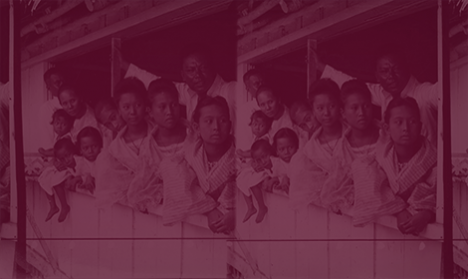
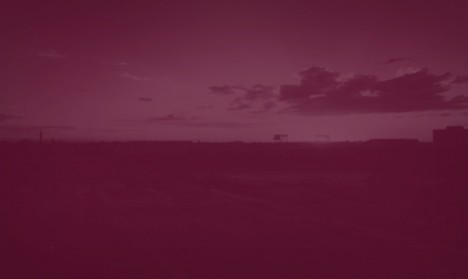
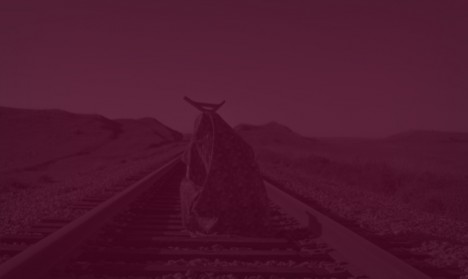
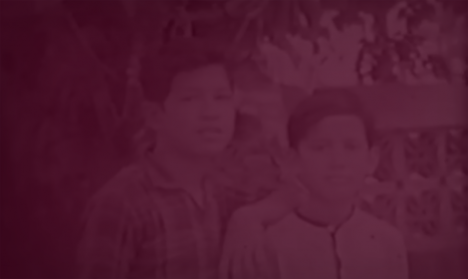
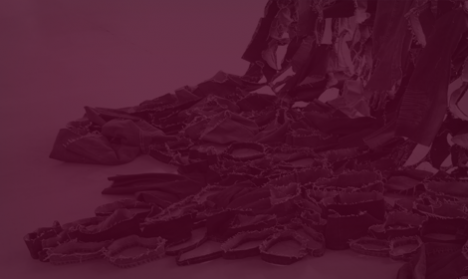
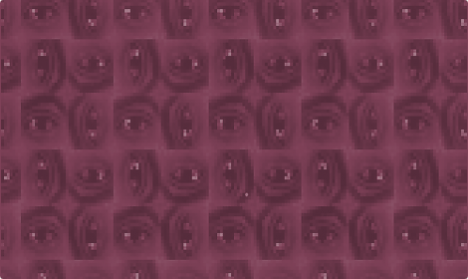
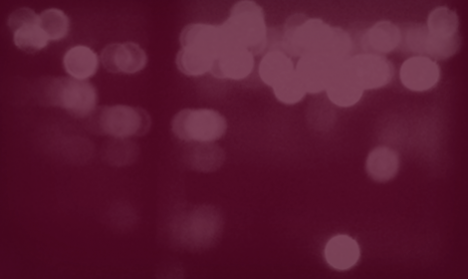
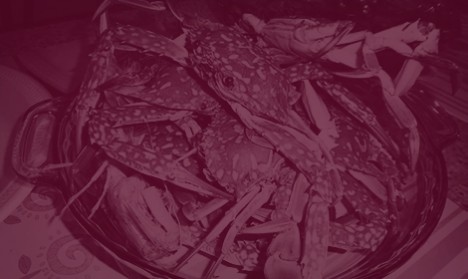
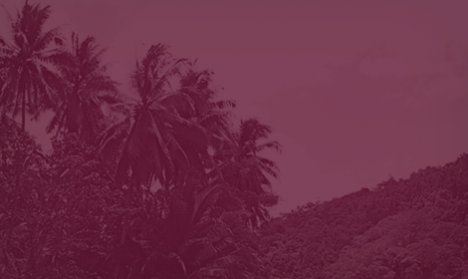

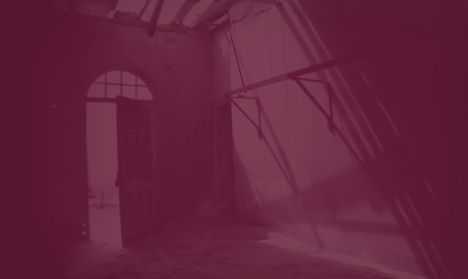
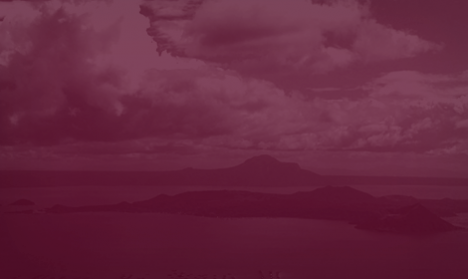
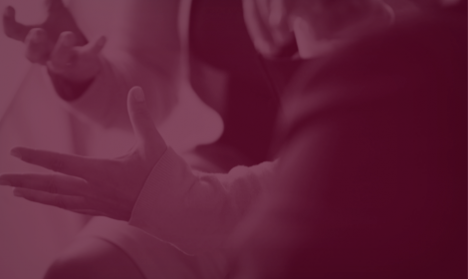
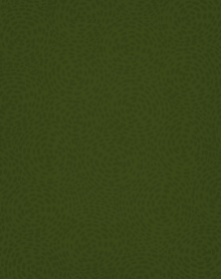
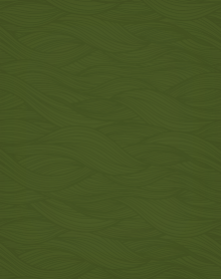
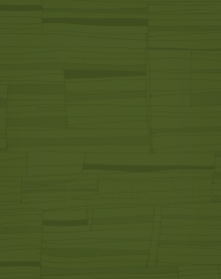
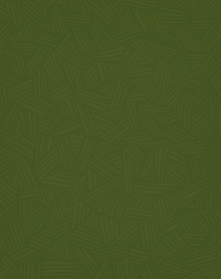
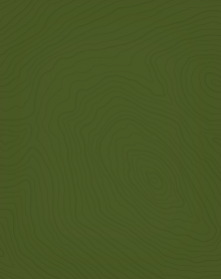
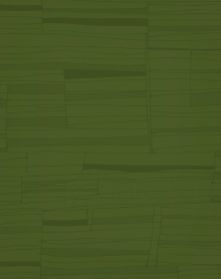
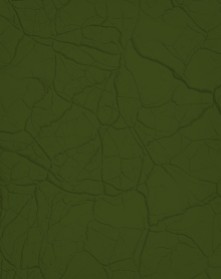
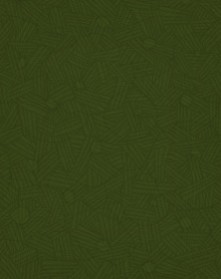
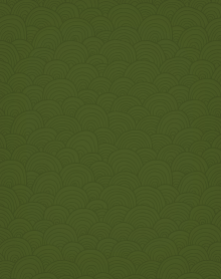
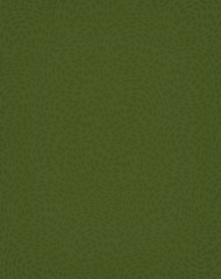
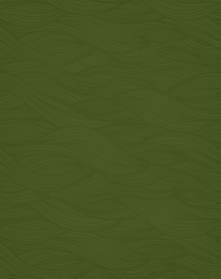
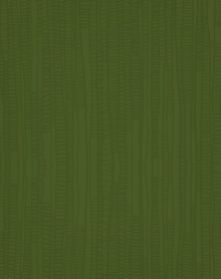
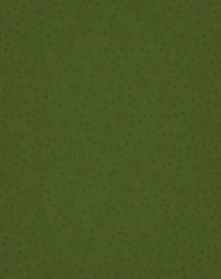
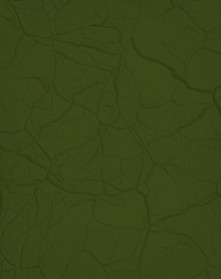
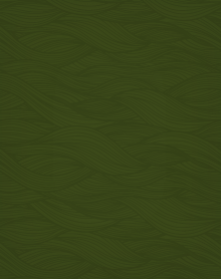
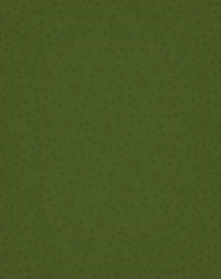
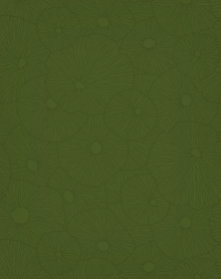
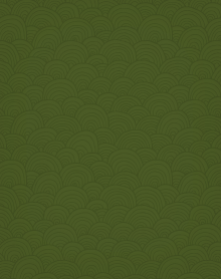
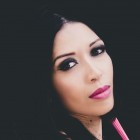
.jpg)
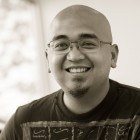
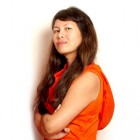
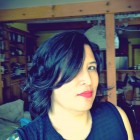
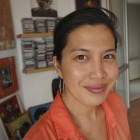


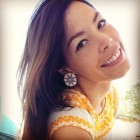
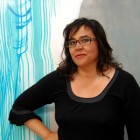
.jpg)
.jpg)
.jpg)

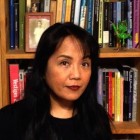
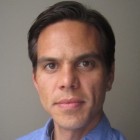
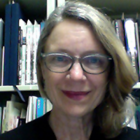
.jpg)
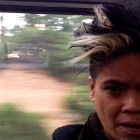
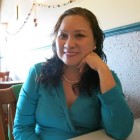

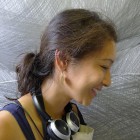
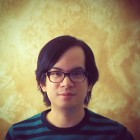

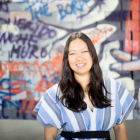
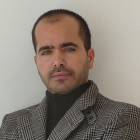
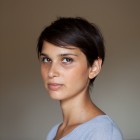
.jpg)

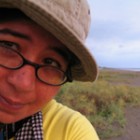
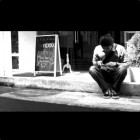
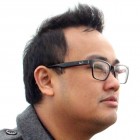
.jpg)

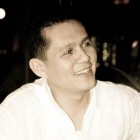
.jpg)
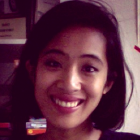
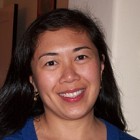
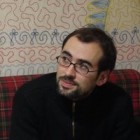
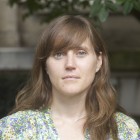
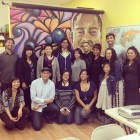
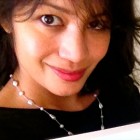
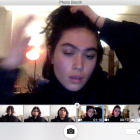
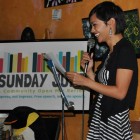
_Cropped.jpg)
.jpg)
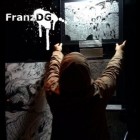
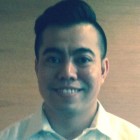
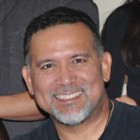
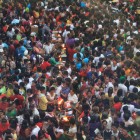


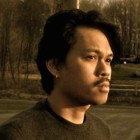
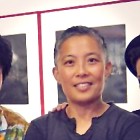
.jpg)
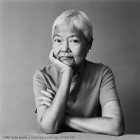
.jpg)

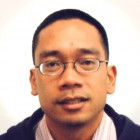
.jpg)
.jpg)
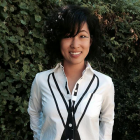
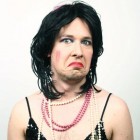
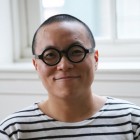
.jpg)
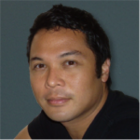

.jpg)
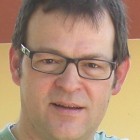
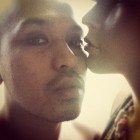

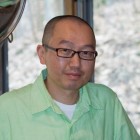
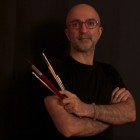
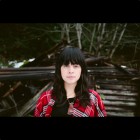
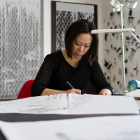
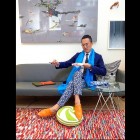
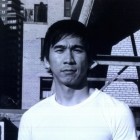
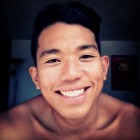
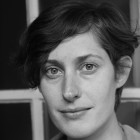
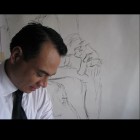
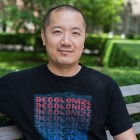
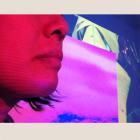
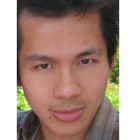
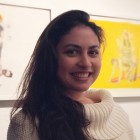

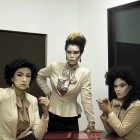
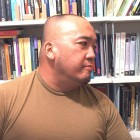
.jpg)
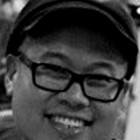
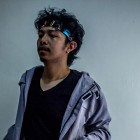
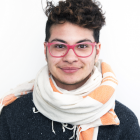

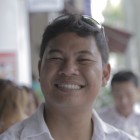

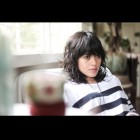
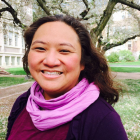
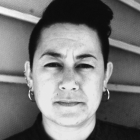
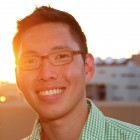
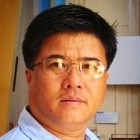

.png)
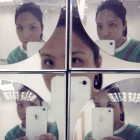

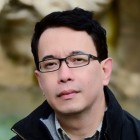
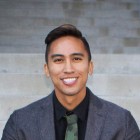
.jpg)
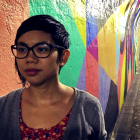
.jpg)
.jpg)
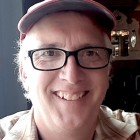
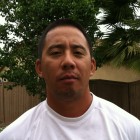
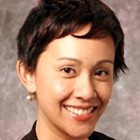
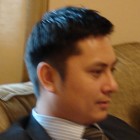
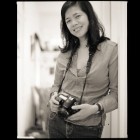
.jpg)
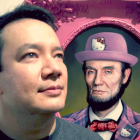
.jpg)
.jpg)
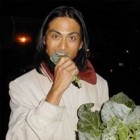
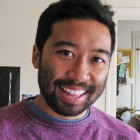

.jpg)
.jpg)
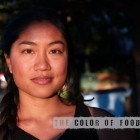
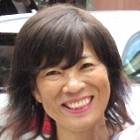
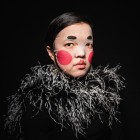
.jpg)
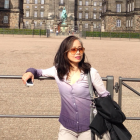
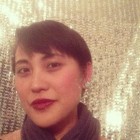
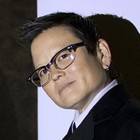
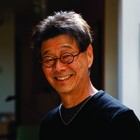
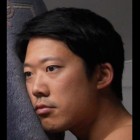
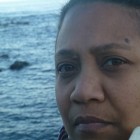
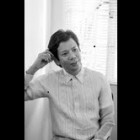
.jpg)
